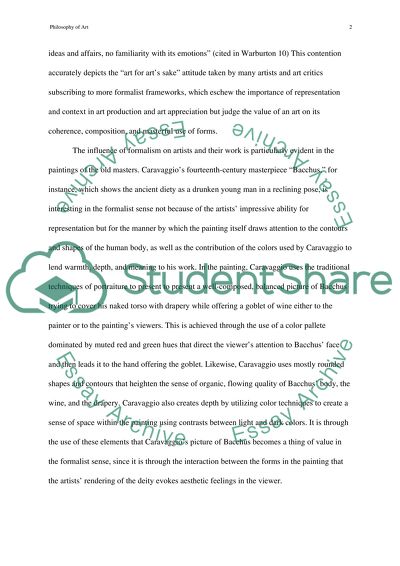Cite this document
(“Formalist and Expressionist Concepts of Art Essay”, n.d.)
Formalist and Expressionist Concepts of Art Essay. Retrieved from https://studentshare.org/visual-arts-film-studies/1528813-formalist-and-expressionist-concepts-of-art
Formalist and Expressionist Concepts of Art Essay. Retrieved from https://studentshare.org/visual-arts-film-studies/1528813-formalist-and-expressionist-concepts-of-art
(Formalist and Expressionist Concepts of Art Essay)
Formalist and Expressionist Concepts of Art Essay. https://studentshare.org/visual-arts-film-studies/1528813-formalist-and-expressionist-concepts-of-art.
Formalist and Expressionist Concepts of Art Essay. https://studentshare.org/visual-arts-film-studies/1528813-formalist-and-expressionist-concepts-of-art.
“Formalist and Expressionist Concepts of Art Essay”, n.d. https://studentshare.org/visual-arts-film-studies/1528813-formalist-and-expressionist-concepts-of-art.


